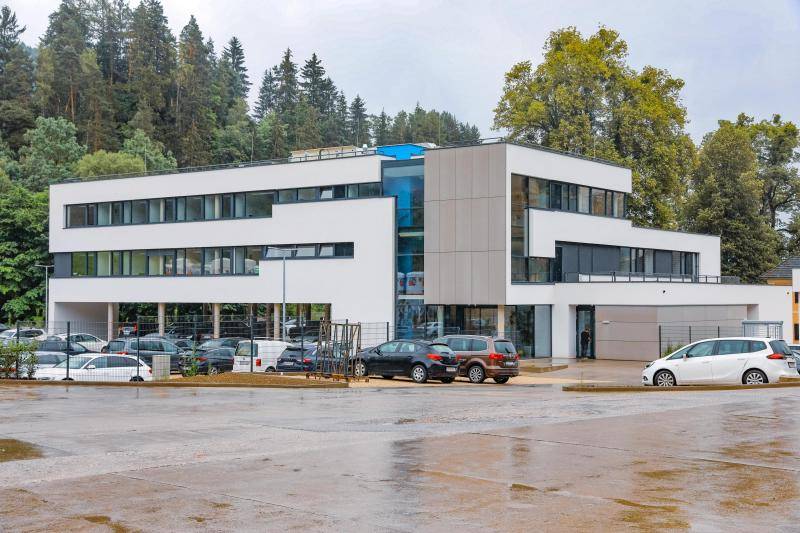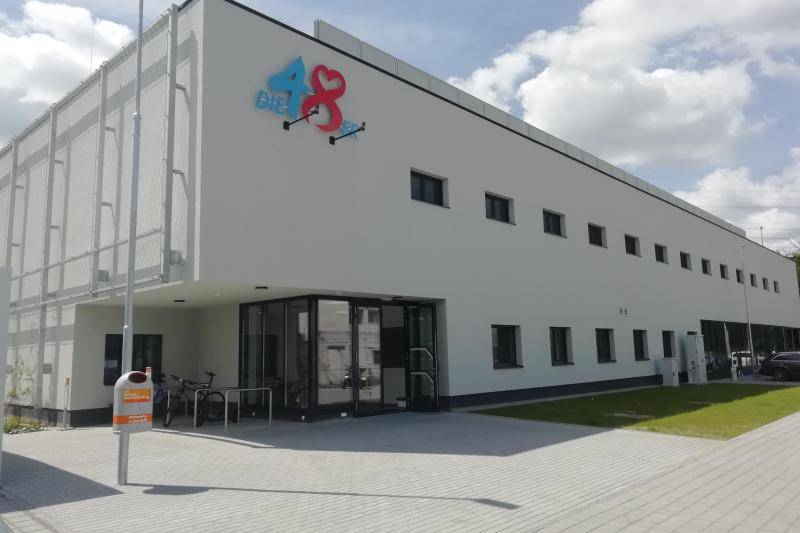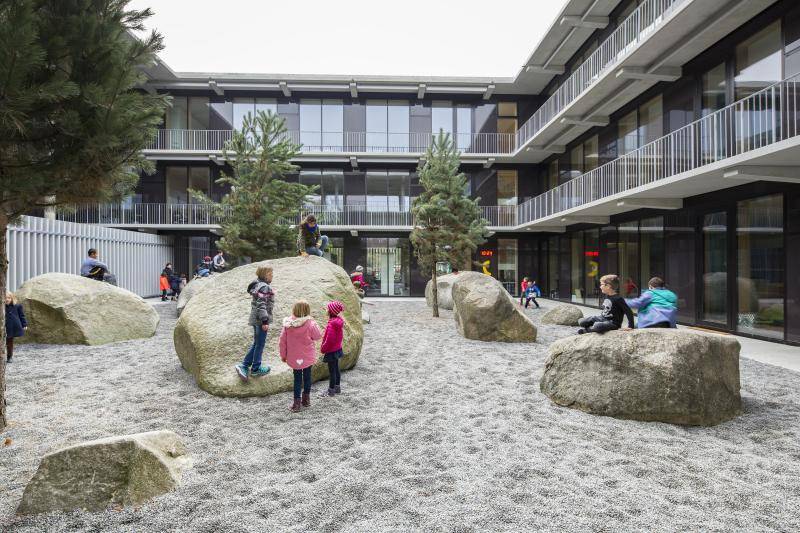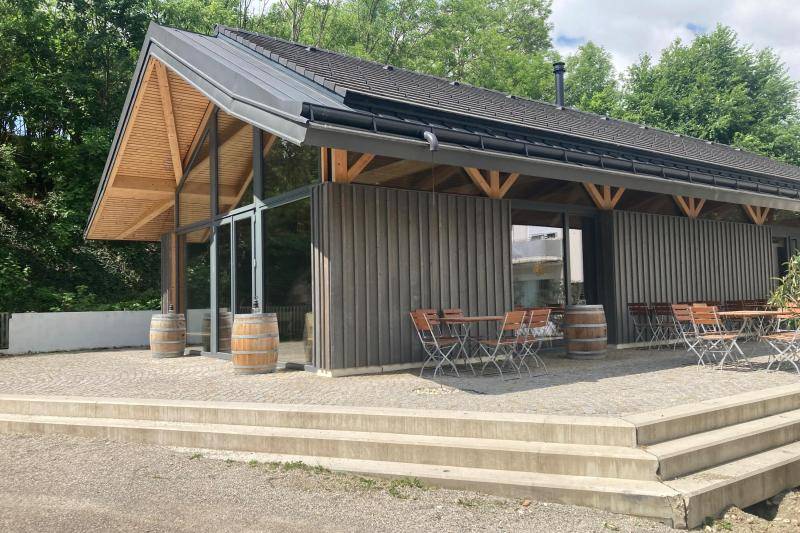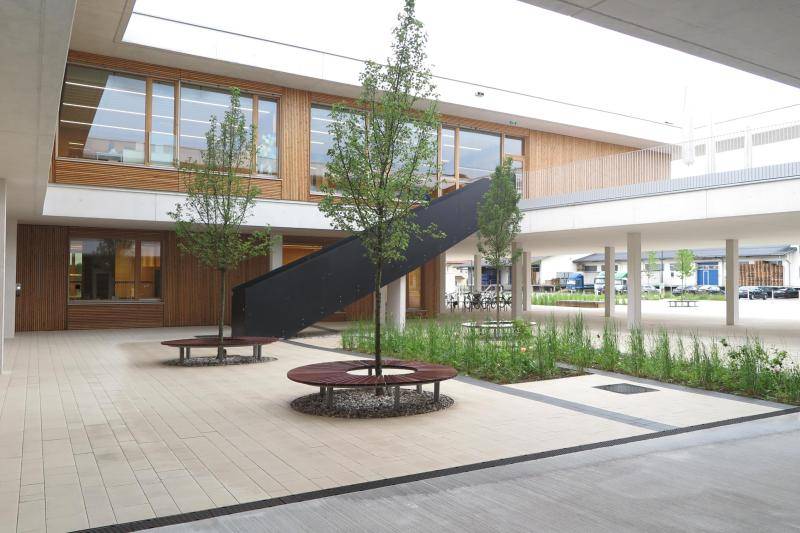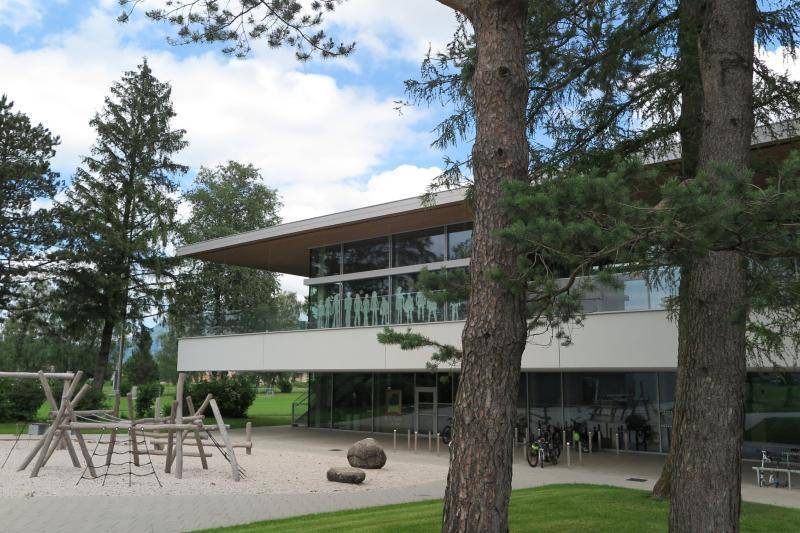IKEA Westbahnhof Vienna
The IKEA building at Westbahnhof in Vienna is an innovative and architecturally impressive structure that redefines the traditional idea of a furniture store. This metropolitan IKEA flagship is characterised by its unique design and sustainable elements that offer a wide range of possible uses.
IKEA Einrichtungen-Handelsges.m.b.H.
querkraft architekten
Wopfinger Transportbeton Ges.m.b.H.
Trafwerksplanung: Thomas Lorenz ZT GmbH, örtliche Bauaufsicht: DI Markus Weiner ZT GmbH, Bauphysik: Ingenieurbüro P. Jung, Haustechnik: RHM
2021
29.480 m²
BREEAM




This IKEA shelf, scaled up to an urban scale, really is a valid symbol of itself. Outside, a 4.3 m deep, more or less freely playable steel frame with (currently) terraces including greenery, individual room extensions, lift, emergency staircase, building services.
Inside, prefabricated reinforced concrete columns in a grid of around 10 x 10 metres; the basically open floor plan allows for versatile use and design of the rooms. Along the street front are shop units for external tenants (hairdresser, pharmacy, ...), behind them and on four storeys above is the IKEA range, while the top two storeys house a hostel with 345 beds. It is hoped that the mix of uses will bring the building to life 24/7, that the building structure will allow all users to interact with each other and that it can be easily adapted to changing requirements.
The building services, most of which have been left visible, especially the ventilation and cooling aspects, follow the simple principle of ‘short distances and direct access’. The 160 trees in the façade and on the roof terrace also make a significant contribution: they have a noticeable influence on the microclimate, especially as the three-dimensional planting of the building means that more biomass is collected than could be accommodated on the floor area alone. Computer simulations suggest a relevant temperature reduction of 1.5 °C for the pedestrian level.
The querkraft office won the three-stage architectural competition, which included several workshops, partly because it was able to fulfil the client's claim ‘We want to be a good neighbour’ in functional terms.
And it has to, because in addition to the exaggerated gesture of a ‘cloud clasp’ of the ‘BahnhofCity’ Wien-West directly at the beginning of the outer Mariahilfer Straße
(architects: Neumann + Steiner, today: HNP architects, Vienna), the IKEA façade establishes a kind of grey noise in the street space where there was previously a last clear spatial boundary.
The Blue House, an administrative building of the Imperial-Royal State Railway Directorate from around 1890, previously stood on the same site and lost its conservation value when its stucco decorations were chipped off during renovation in the 1950s. The new building must therefore also compensate for the loss of ‘grey energy’ if it is to make a significant contribution to the future of a vibrant and ecological city and the future of retail. After all, this ‘IKEA’ is not located on a greenfield site, but has excellent public transport connections, can be easily reorganised if necessary and really is a good neighbour. (Text: Achim Geissinger, based on a text by the architects)
